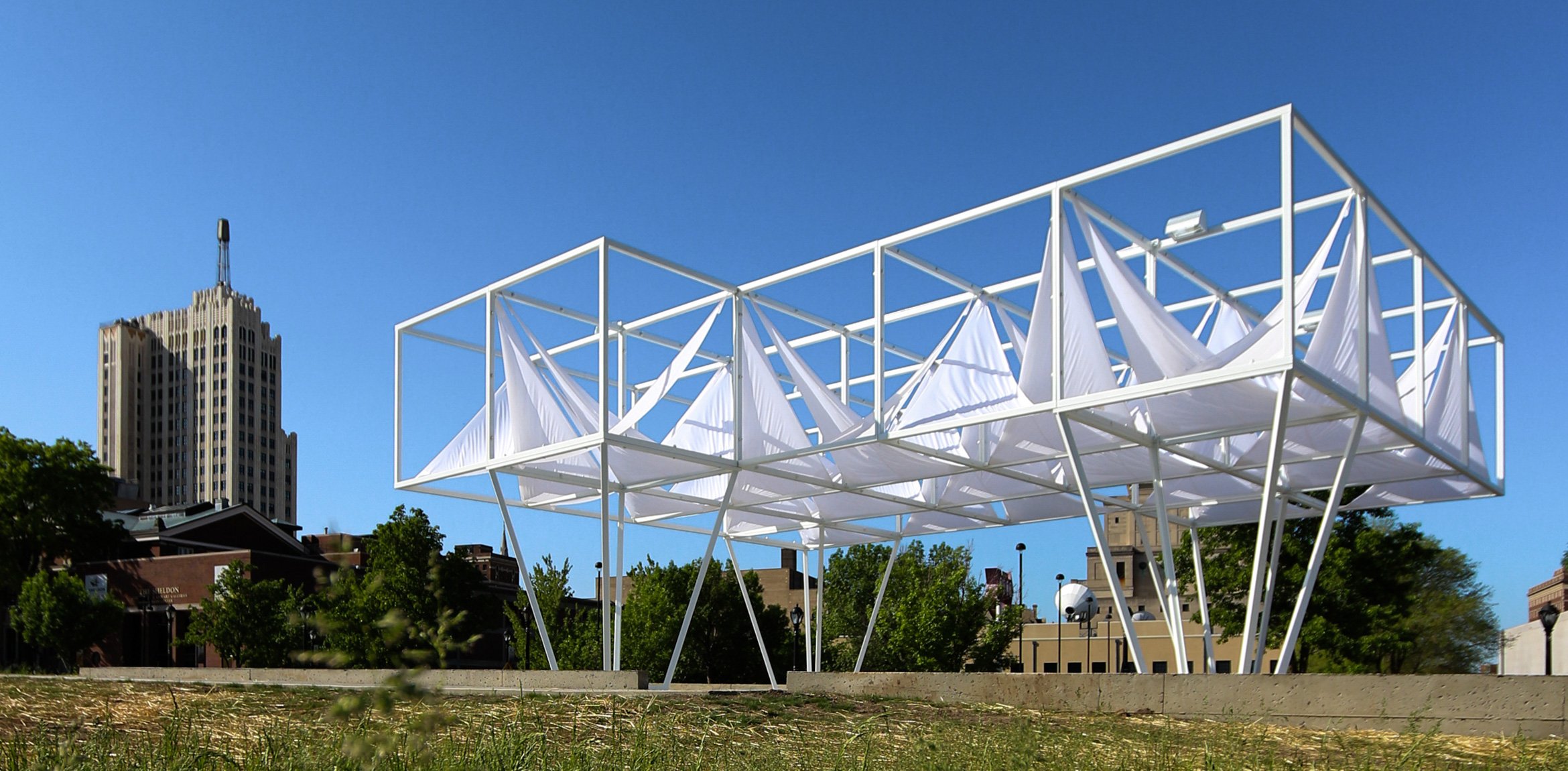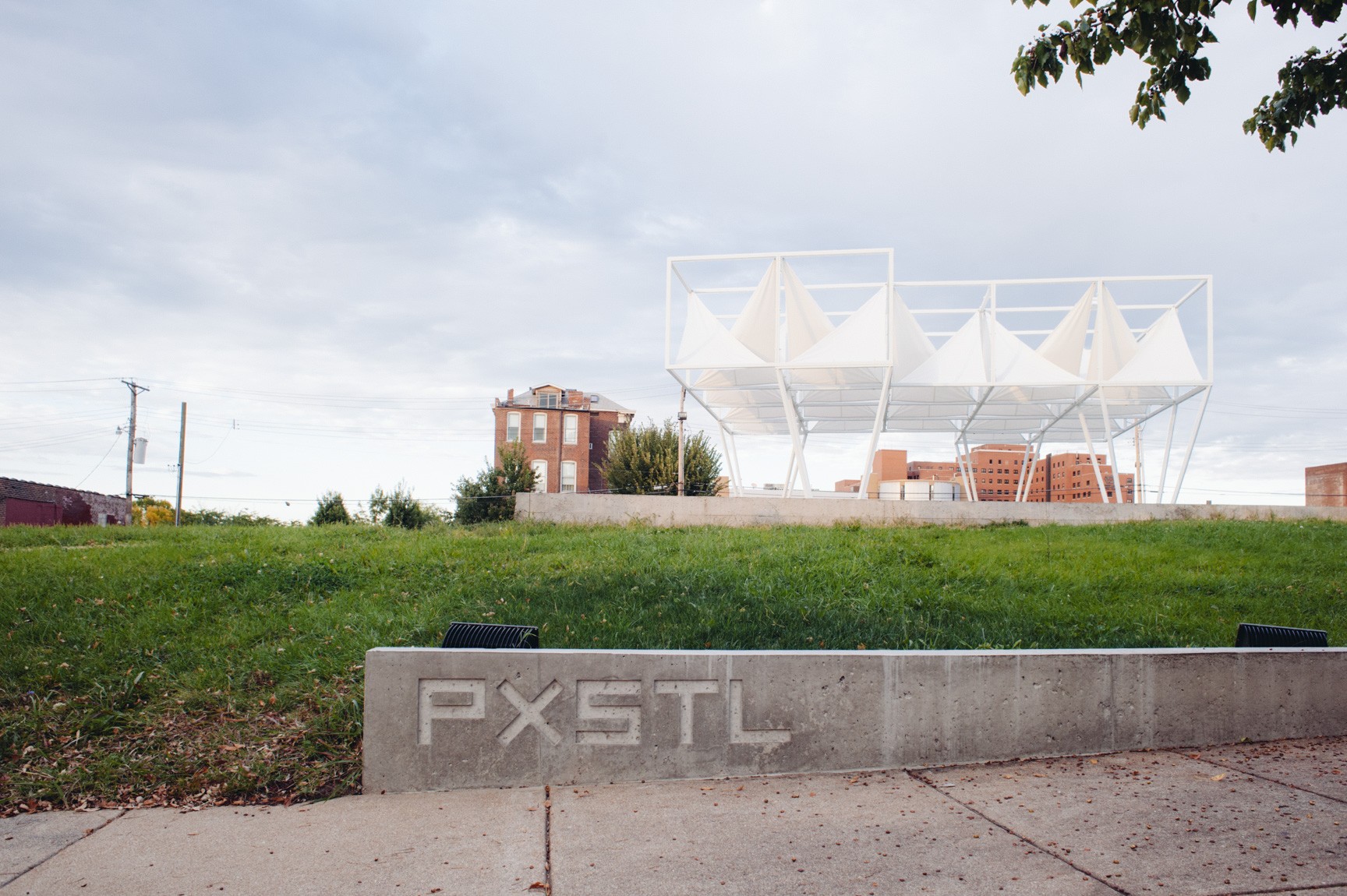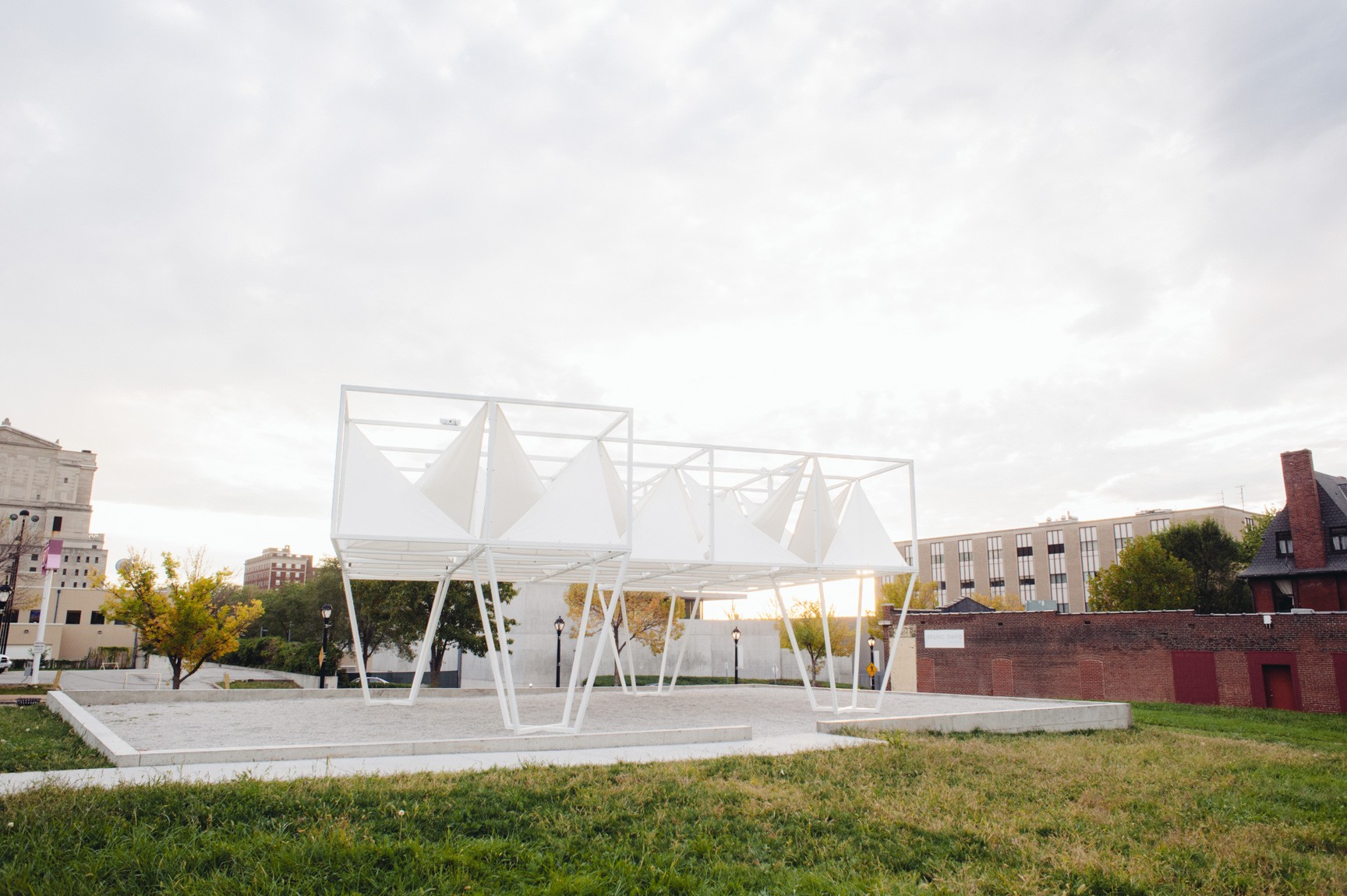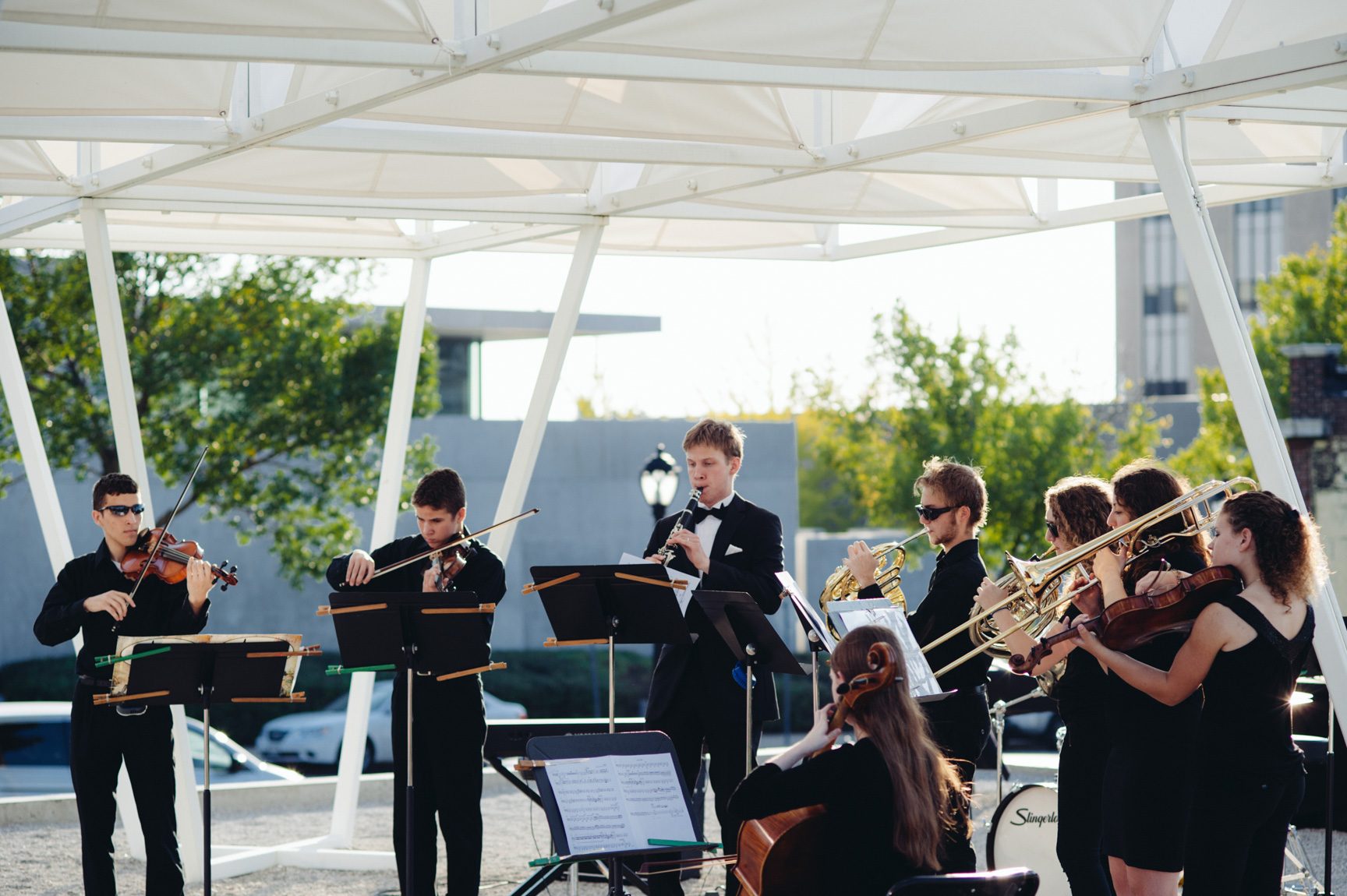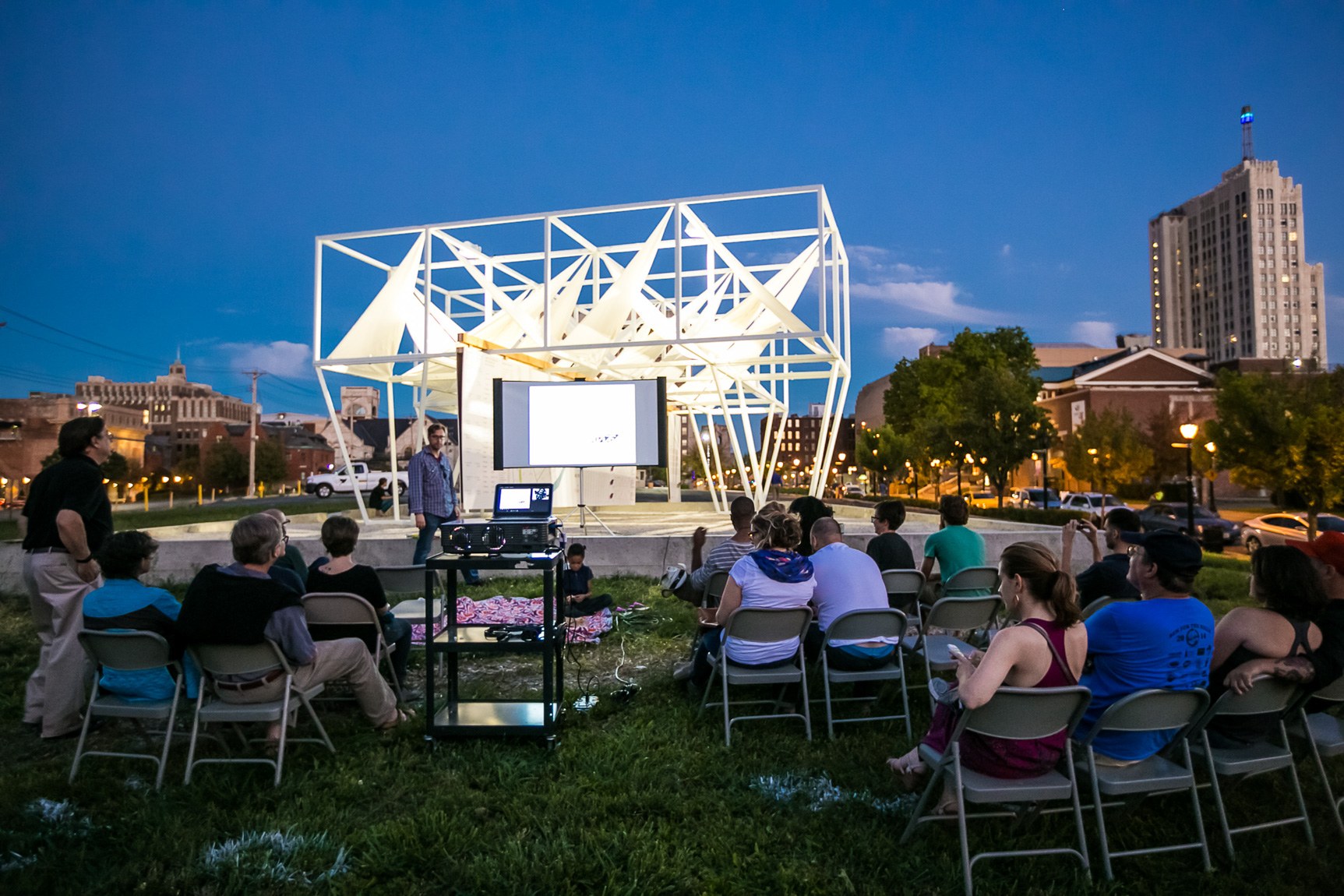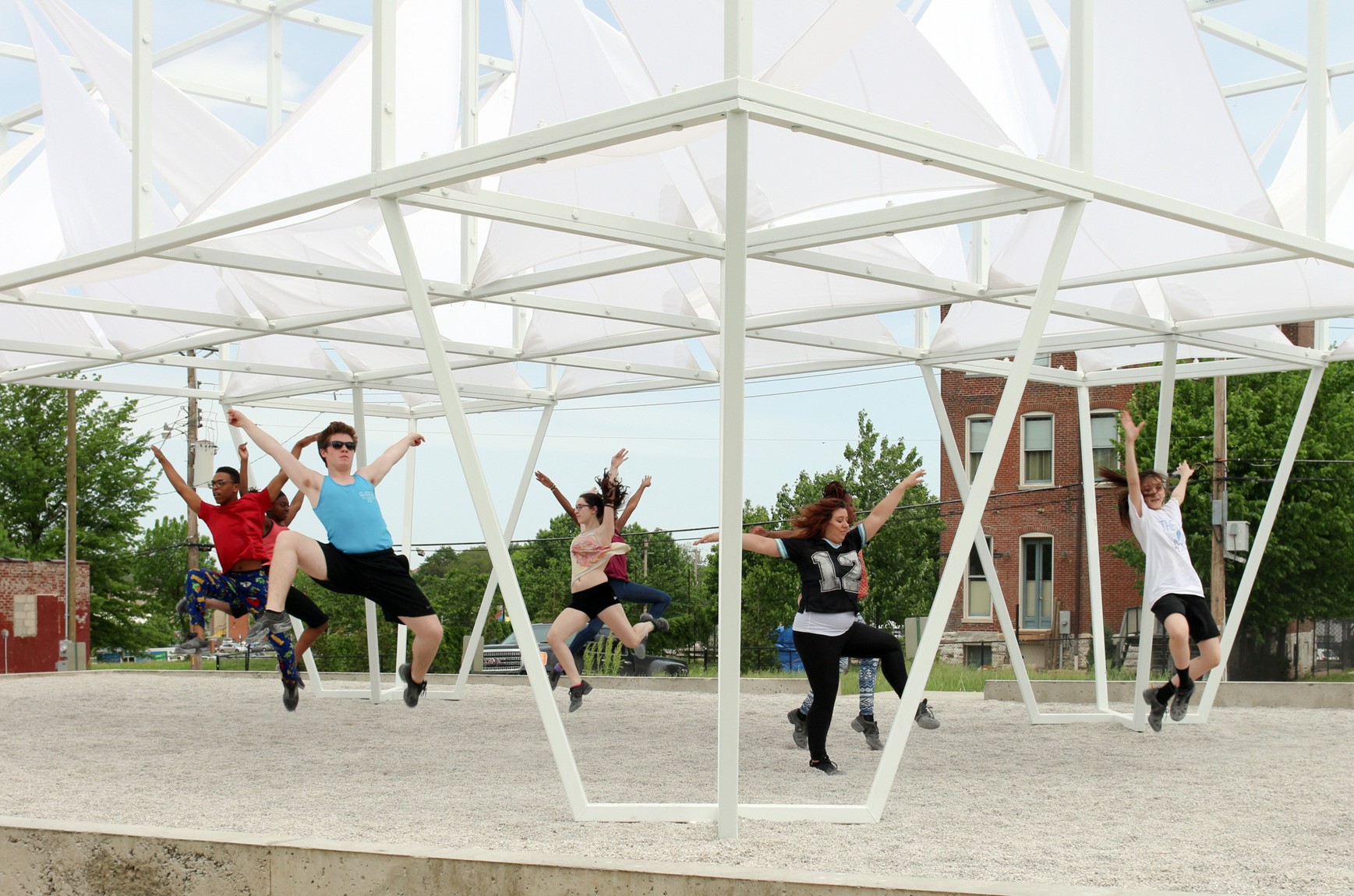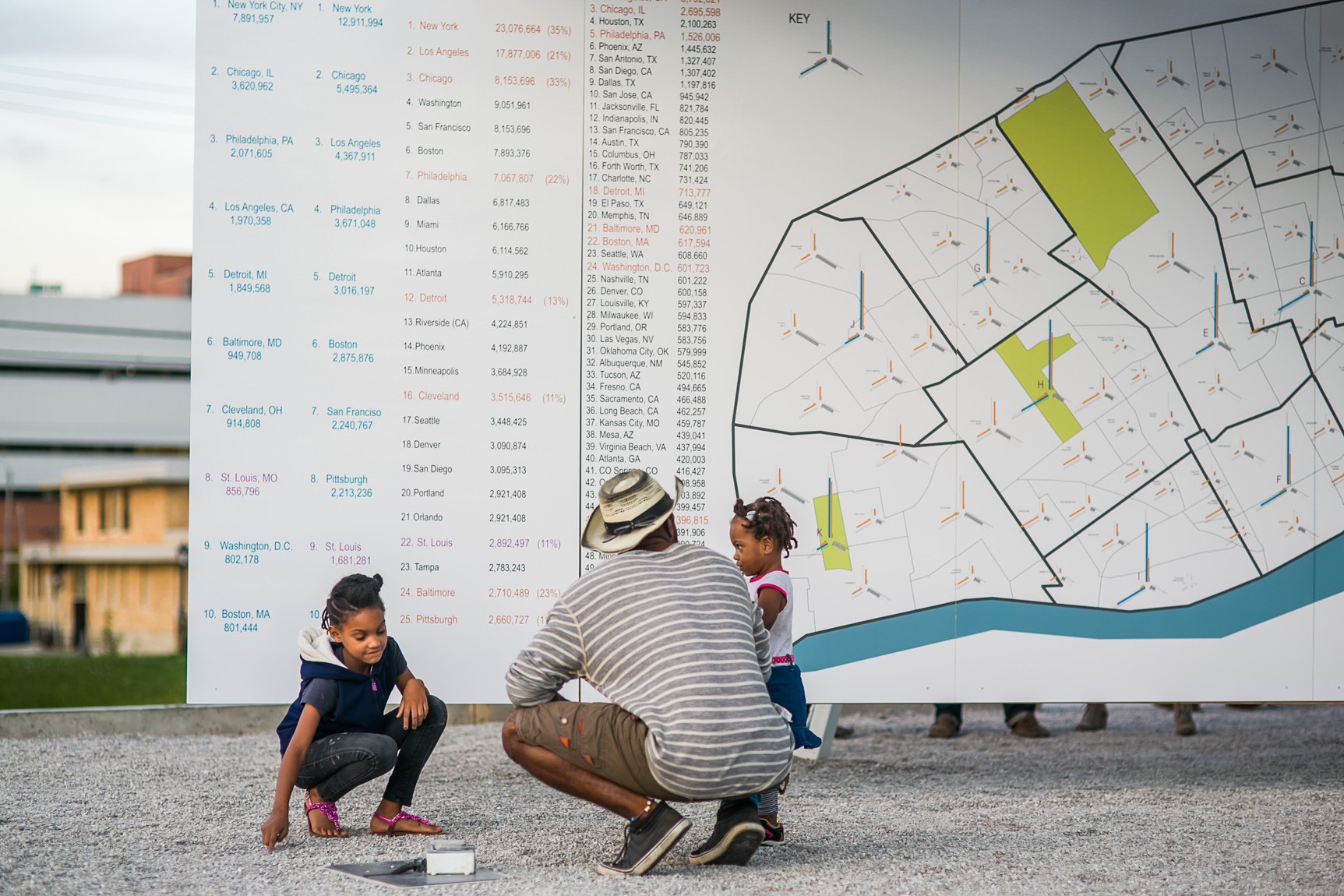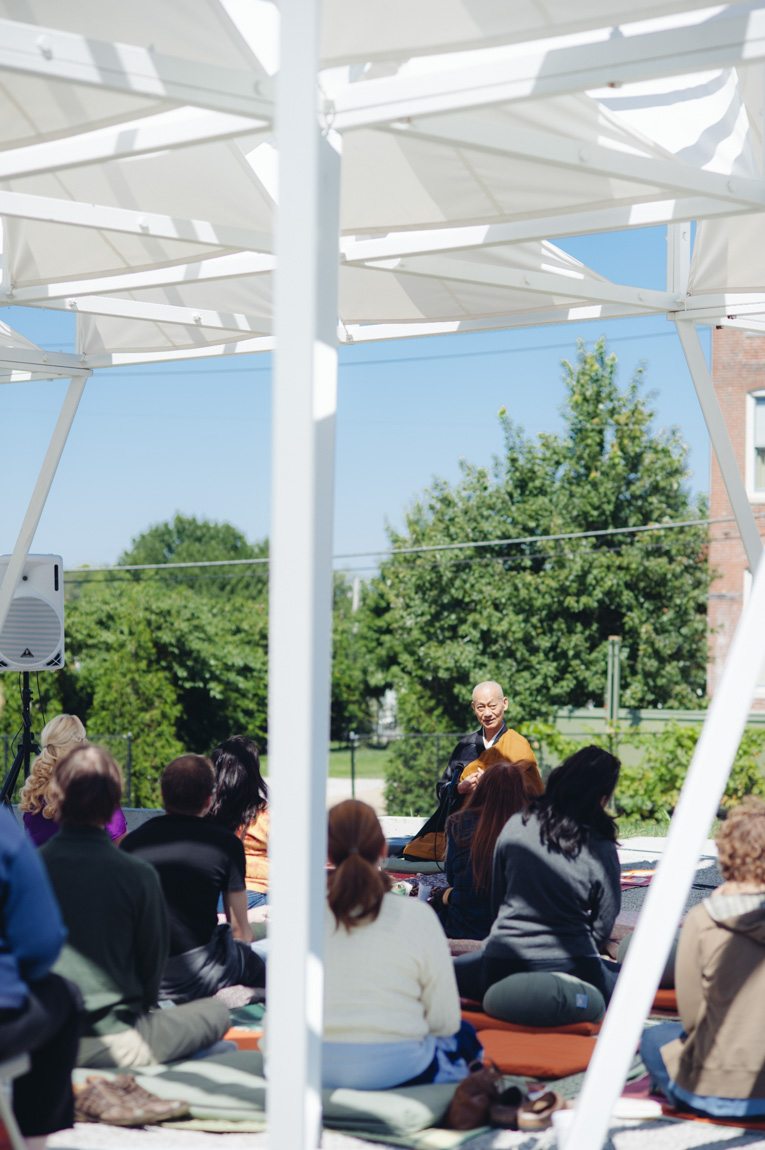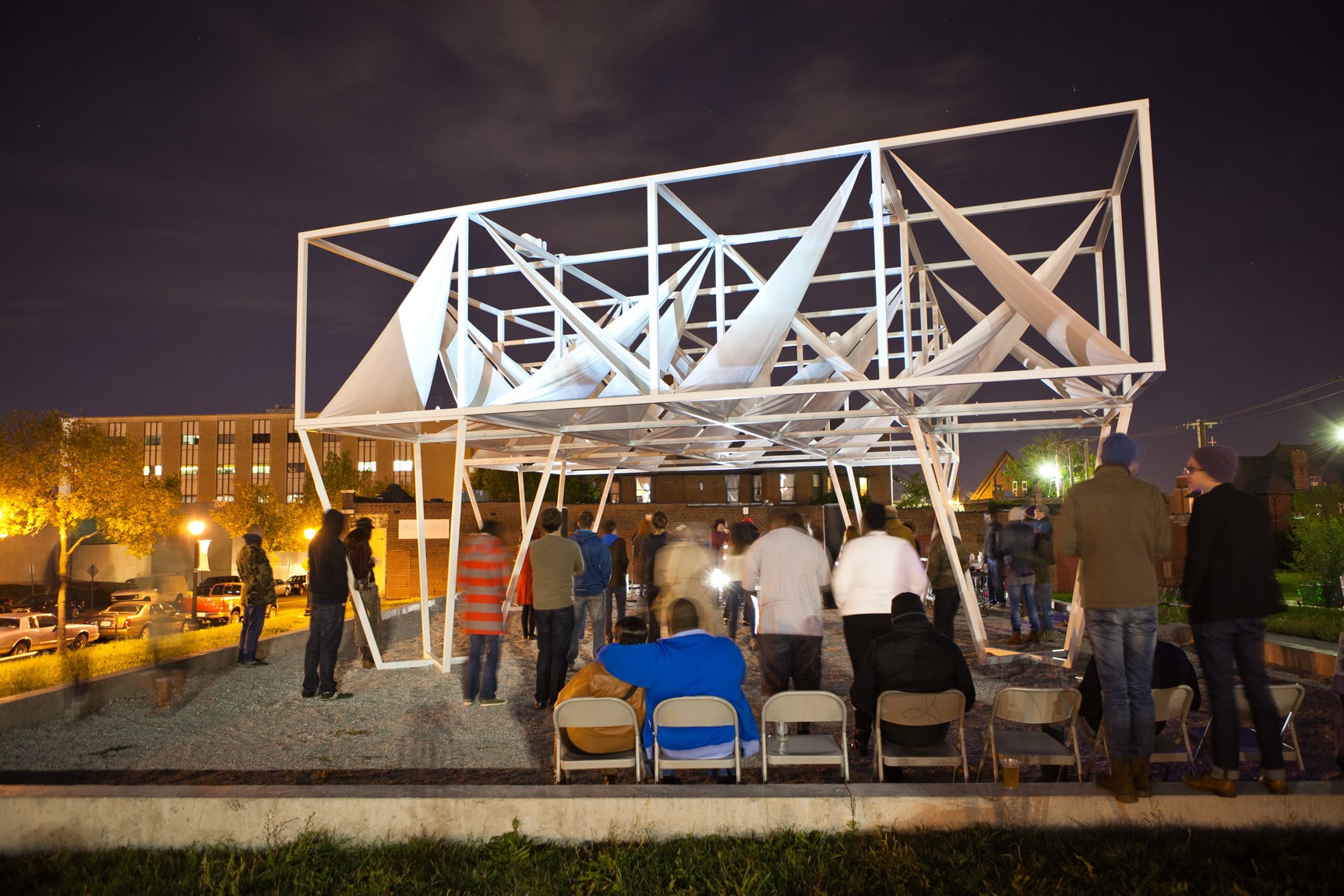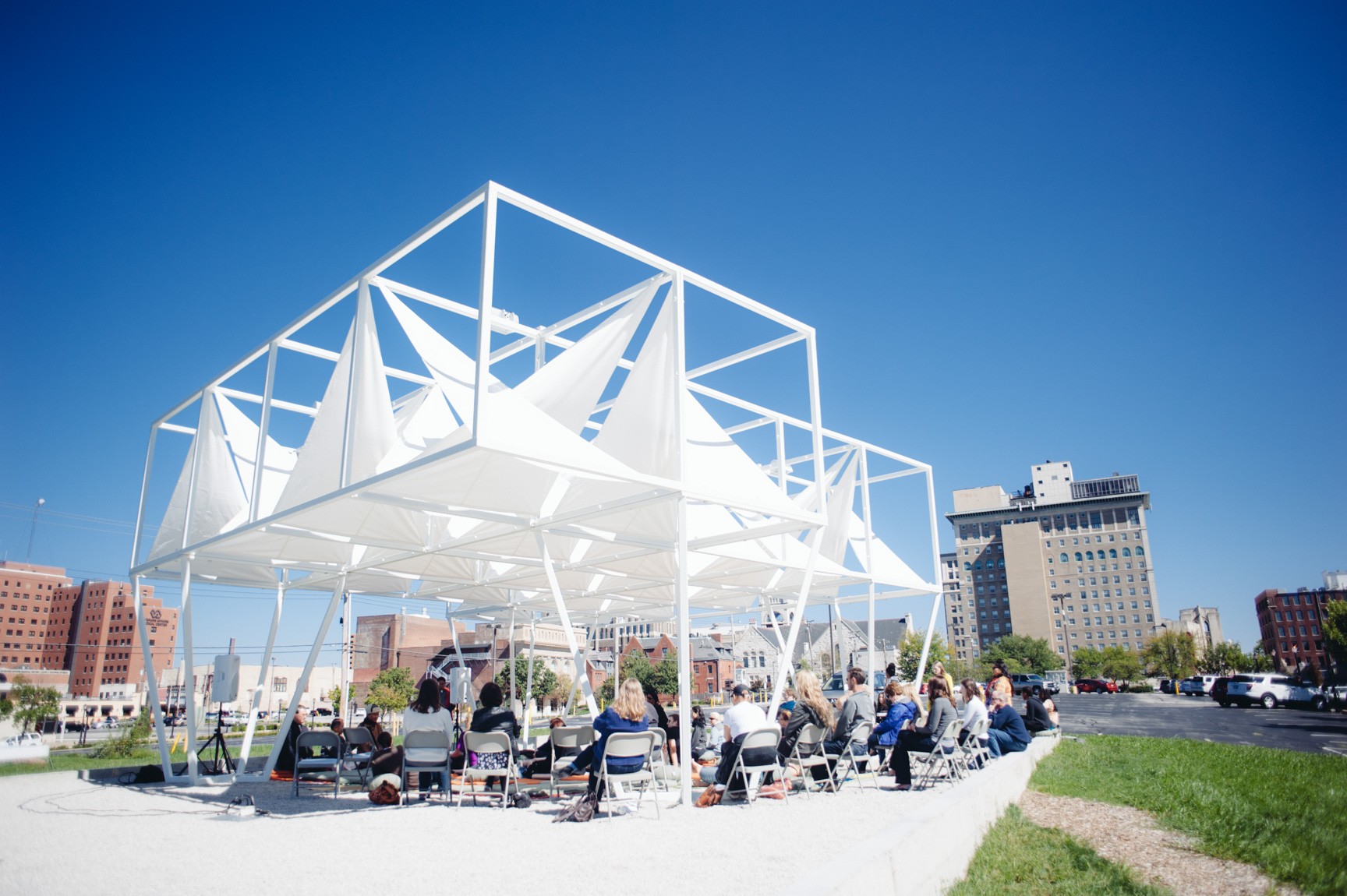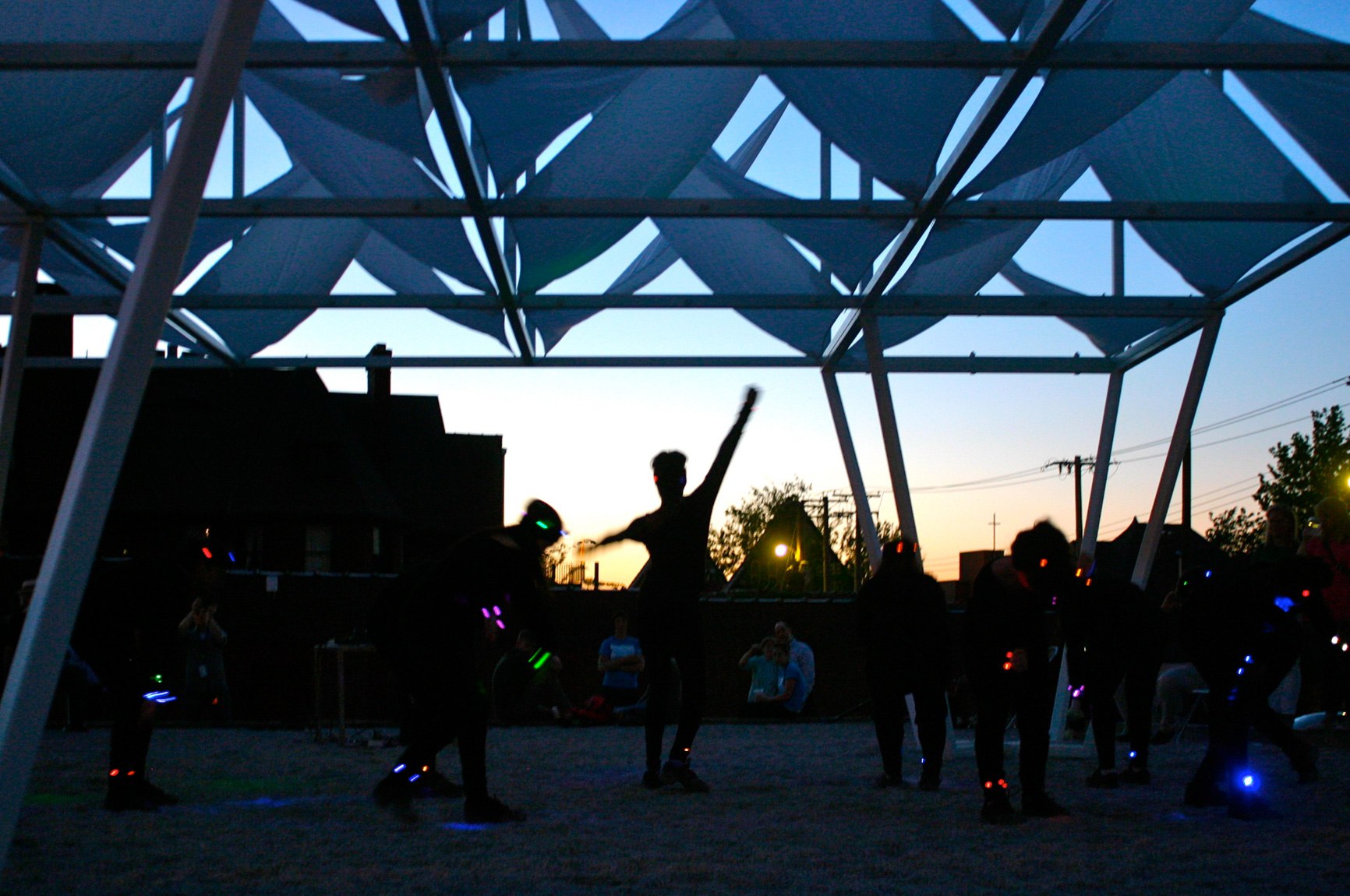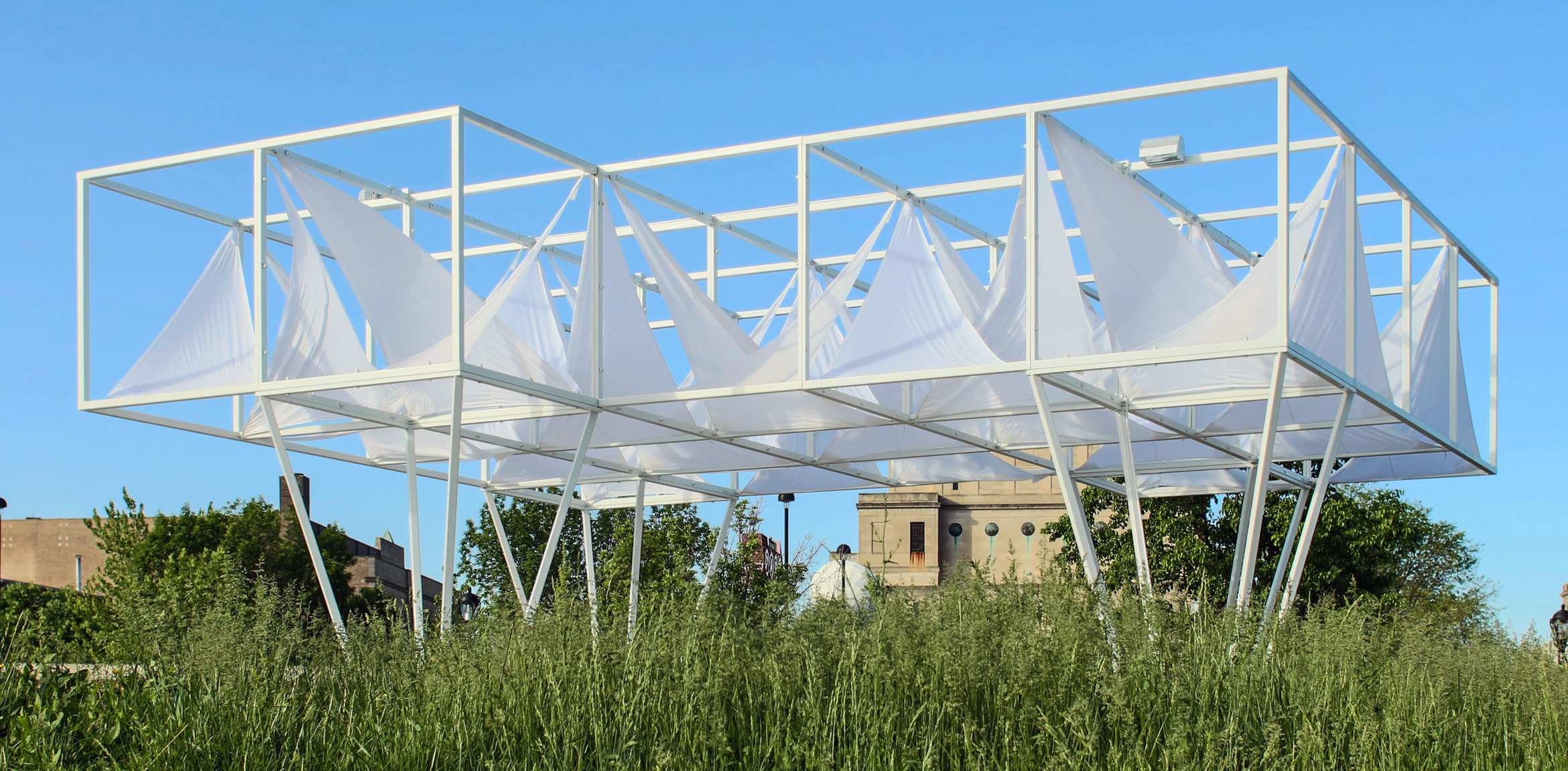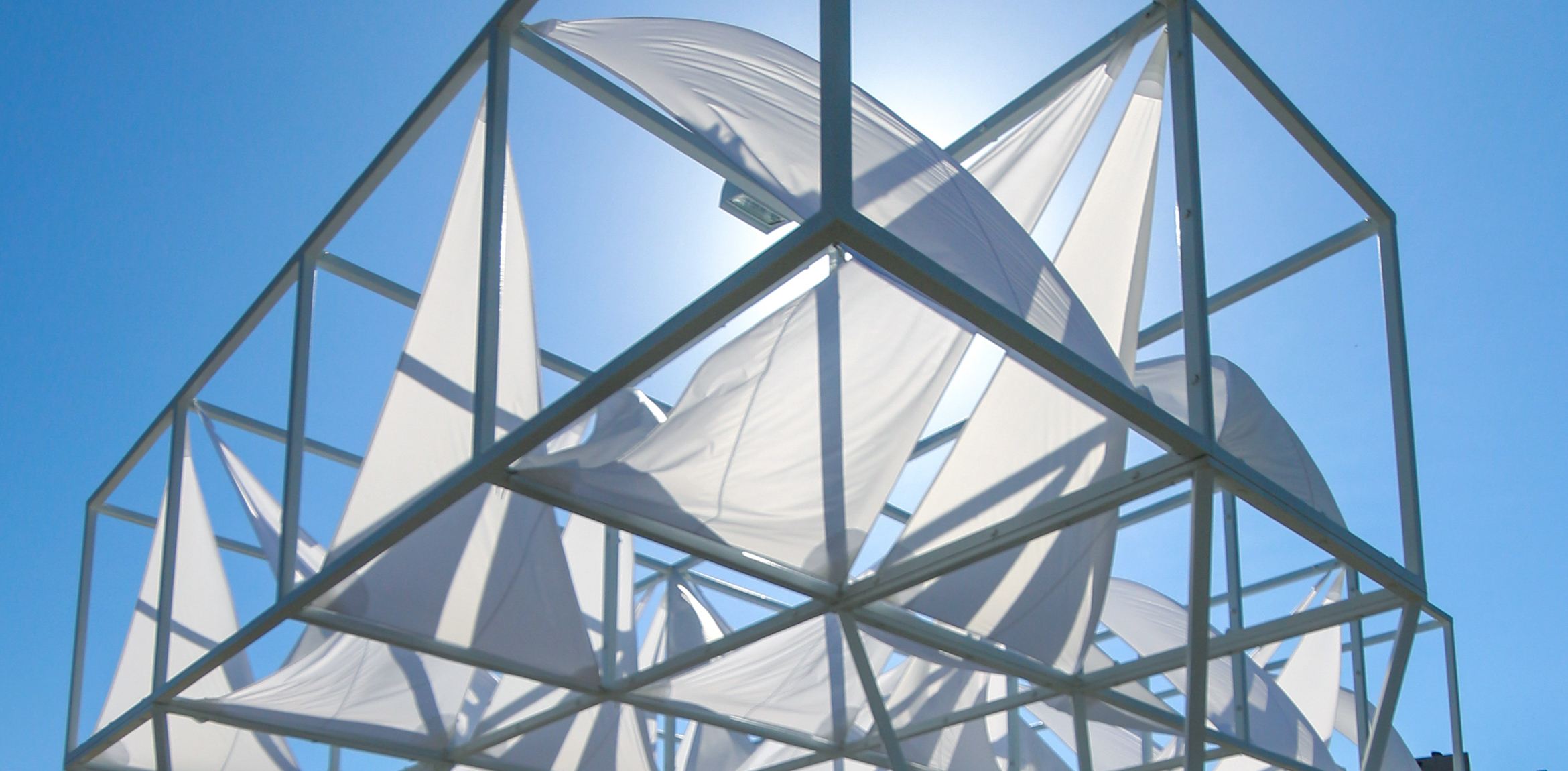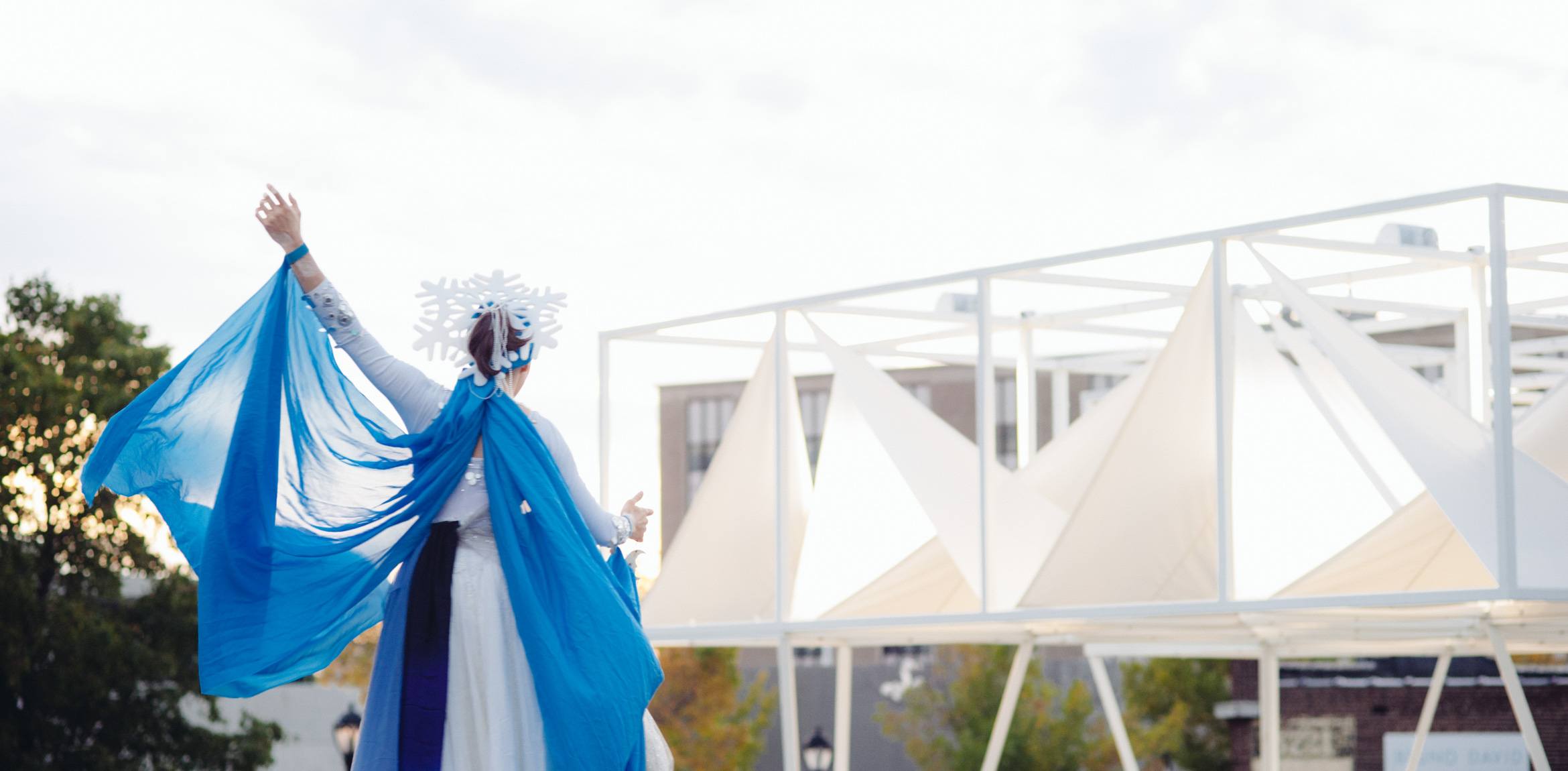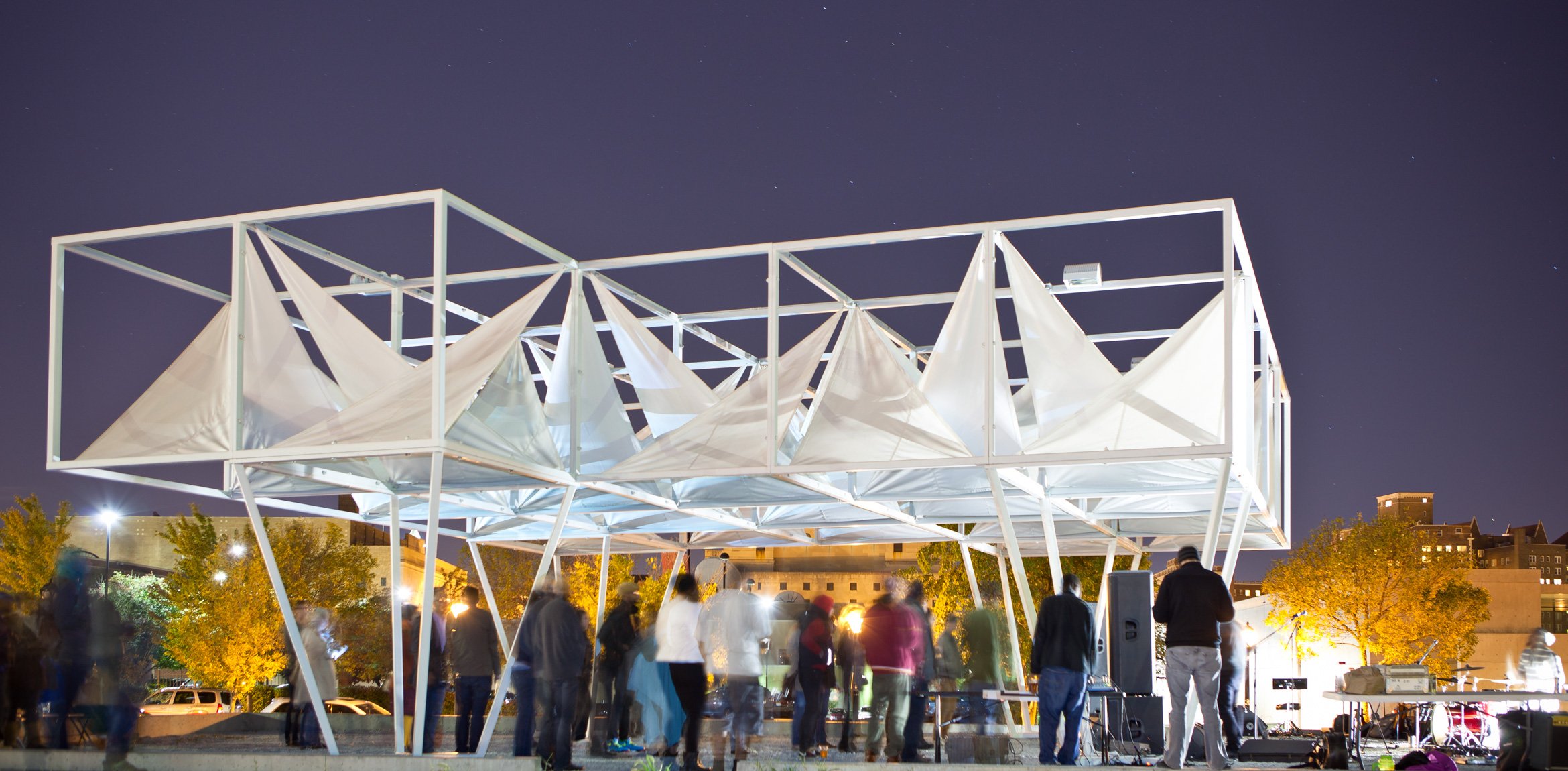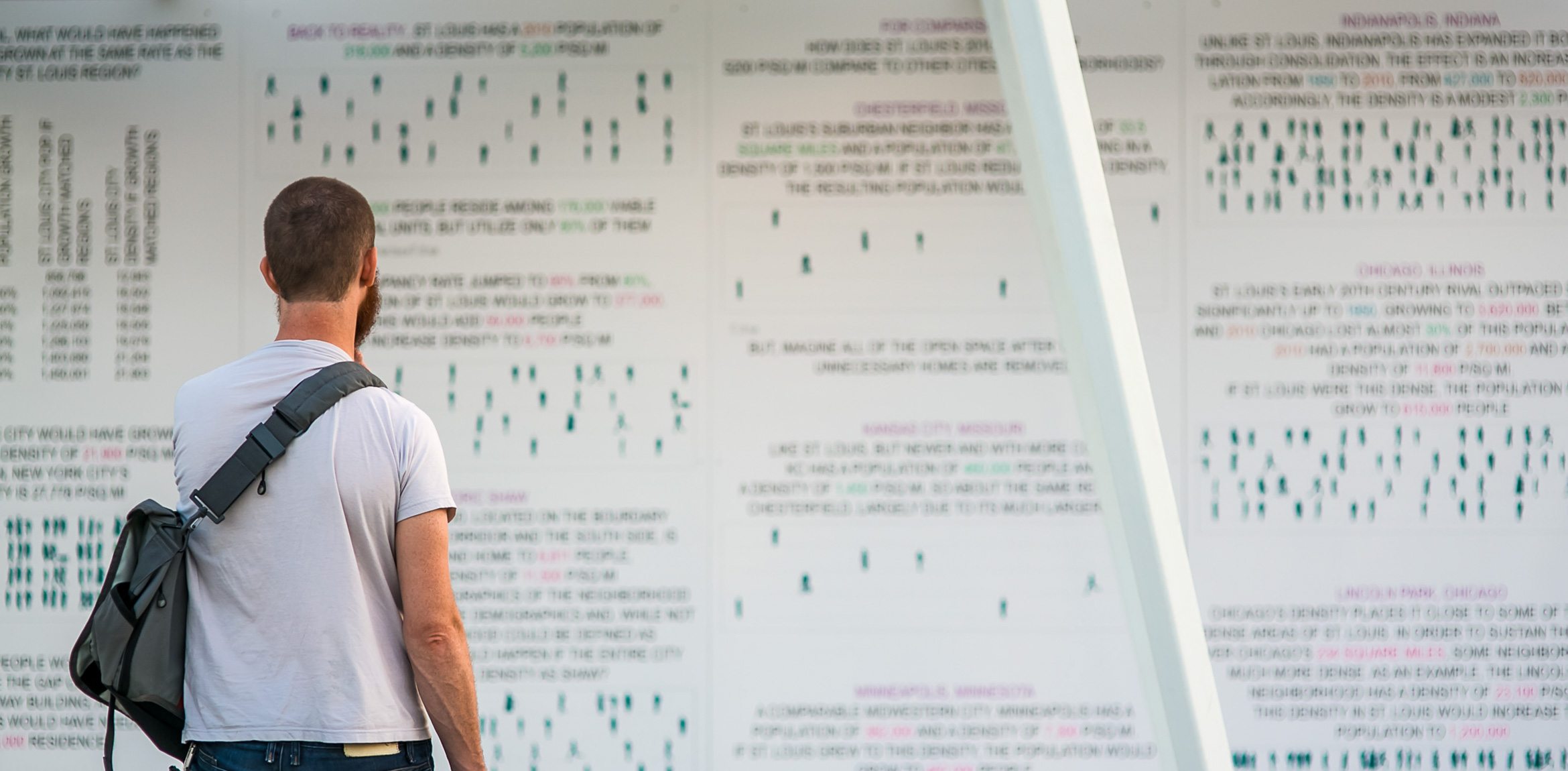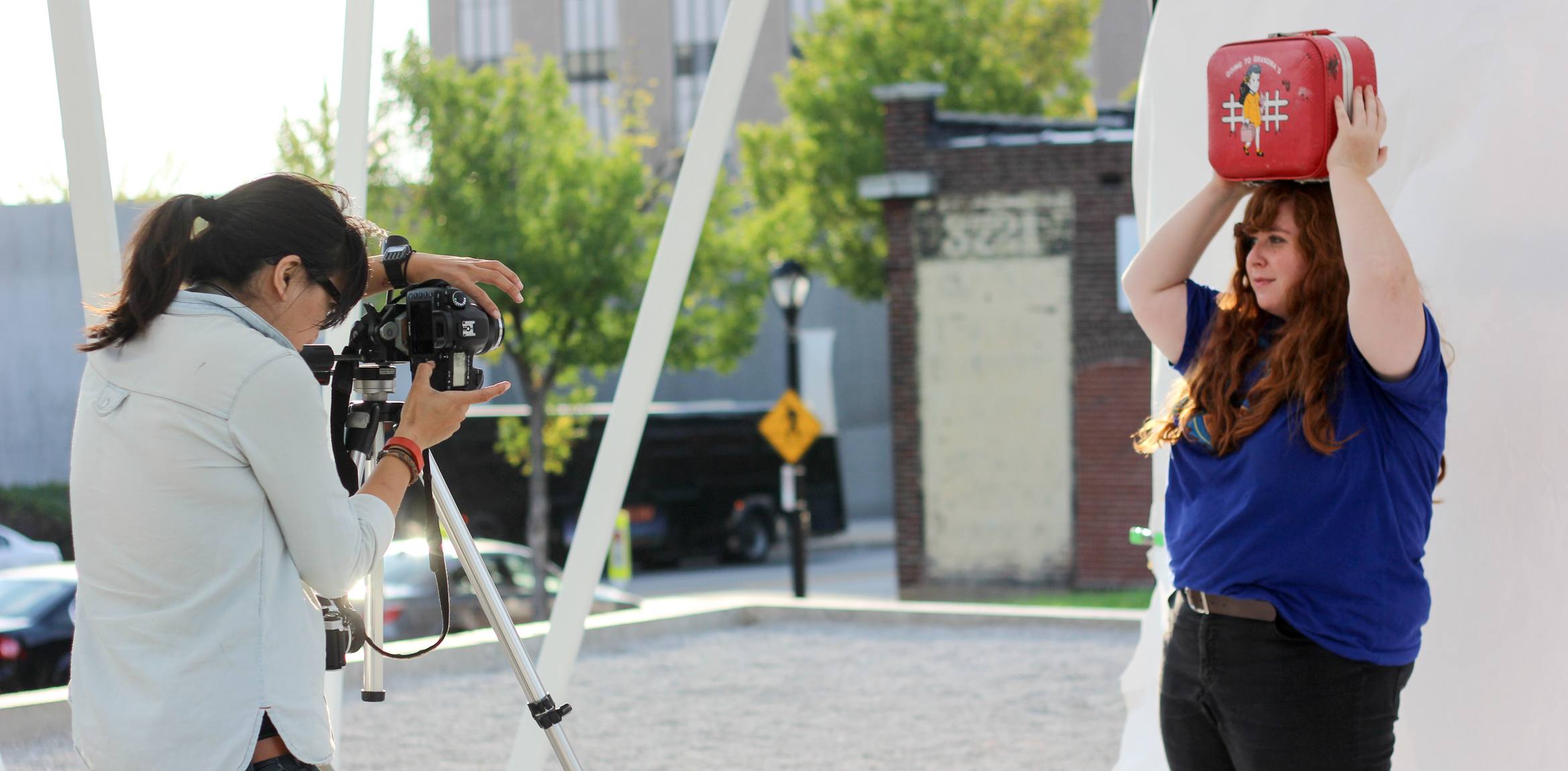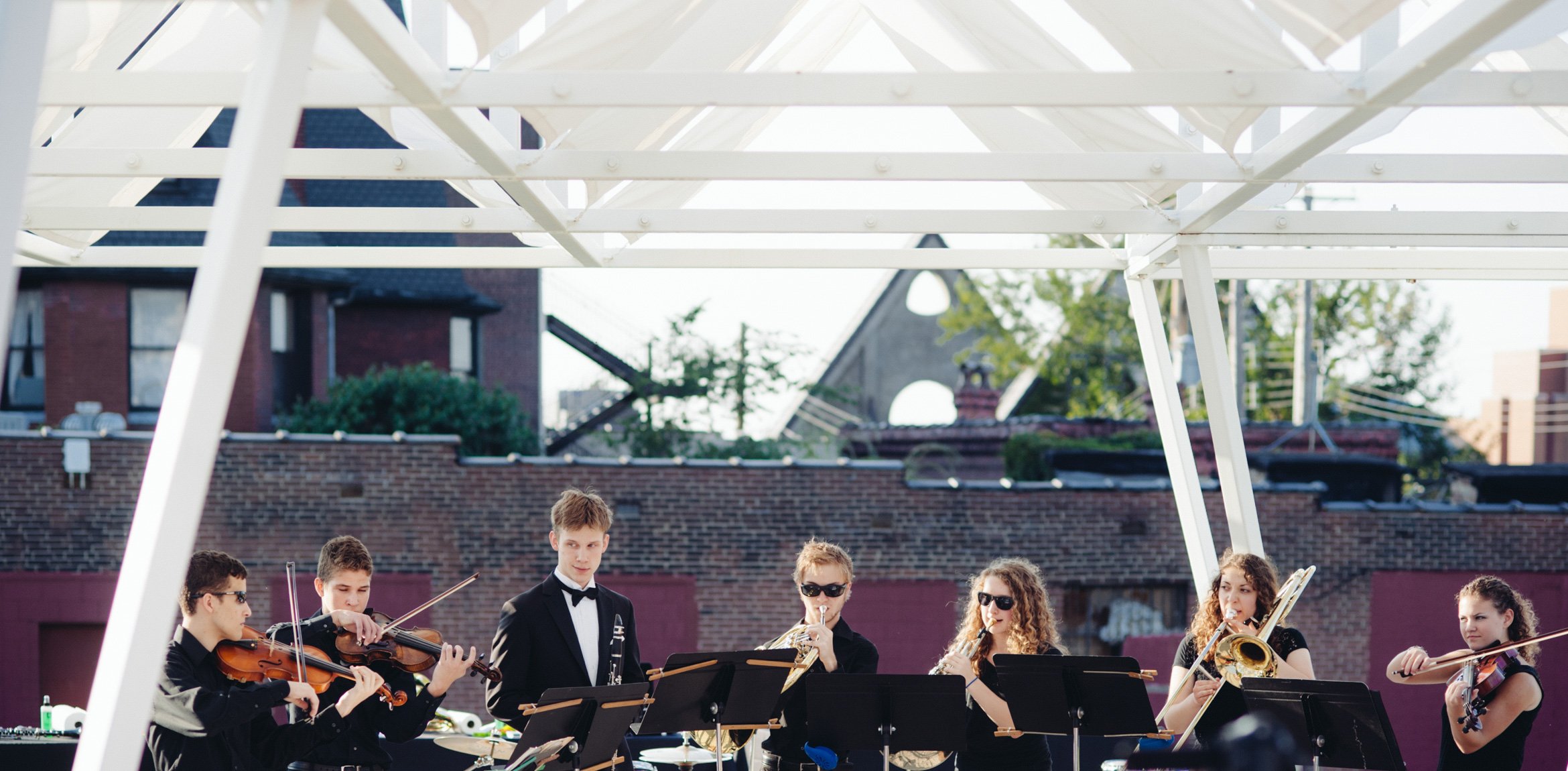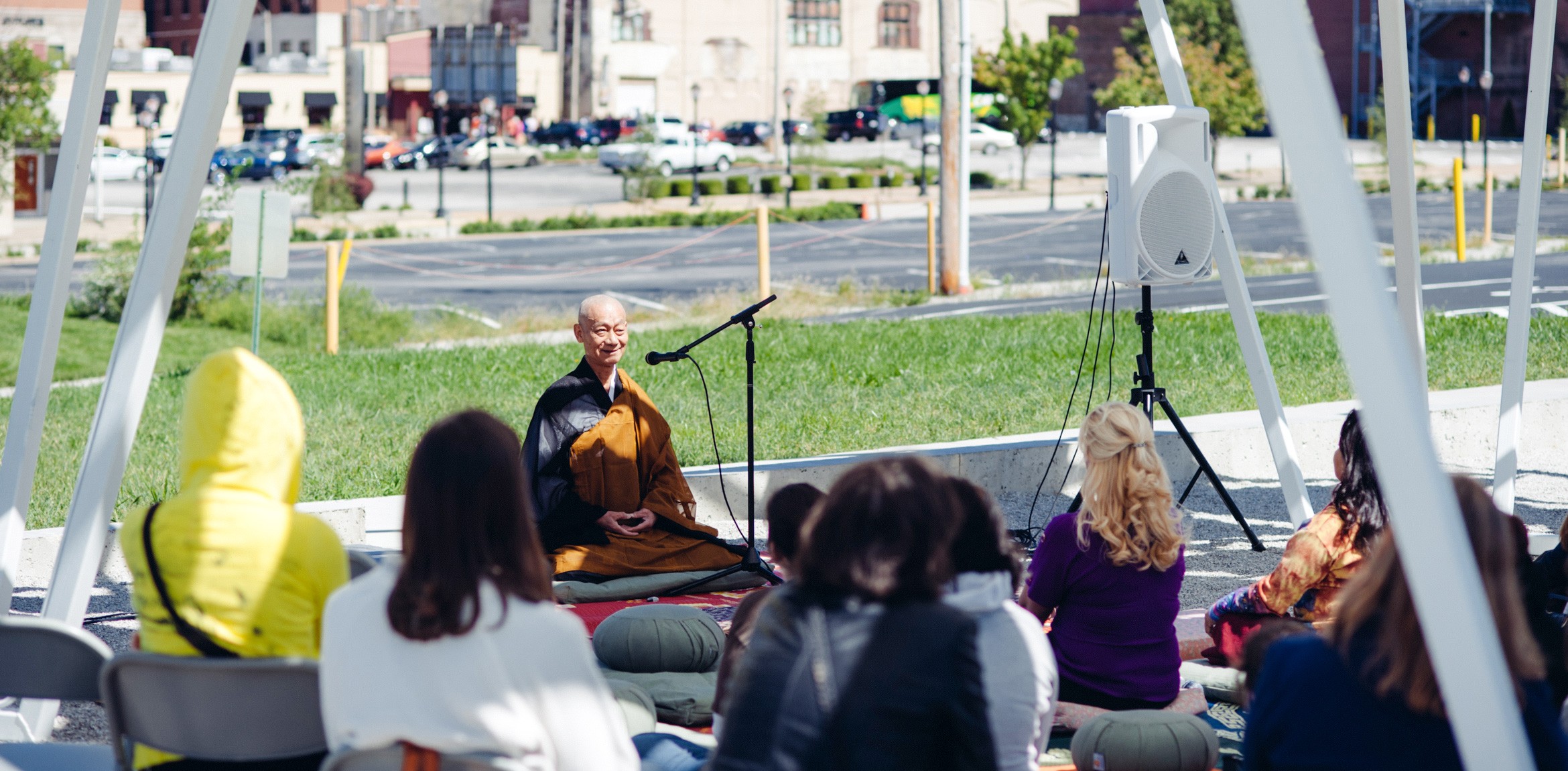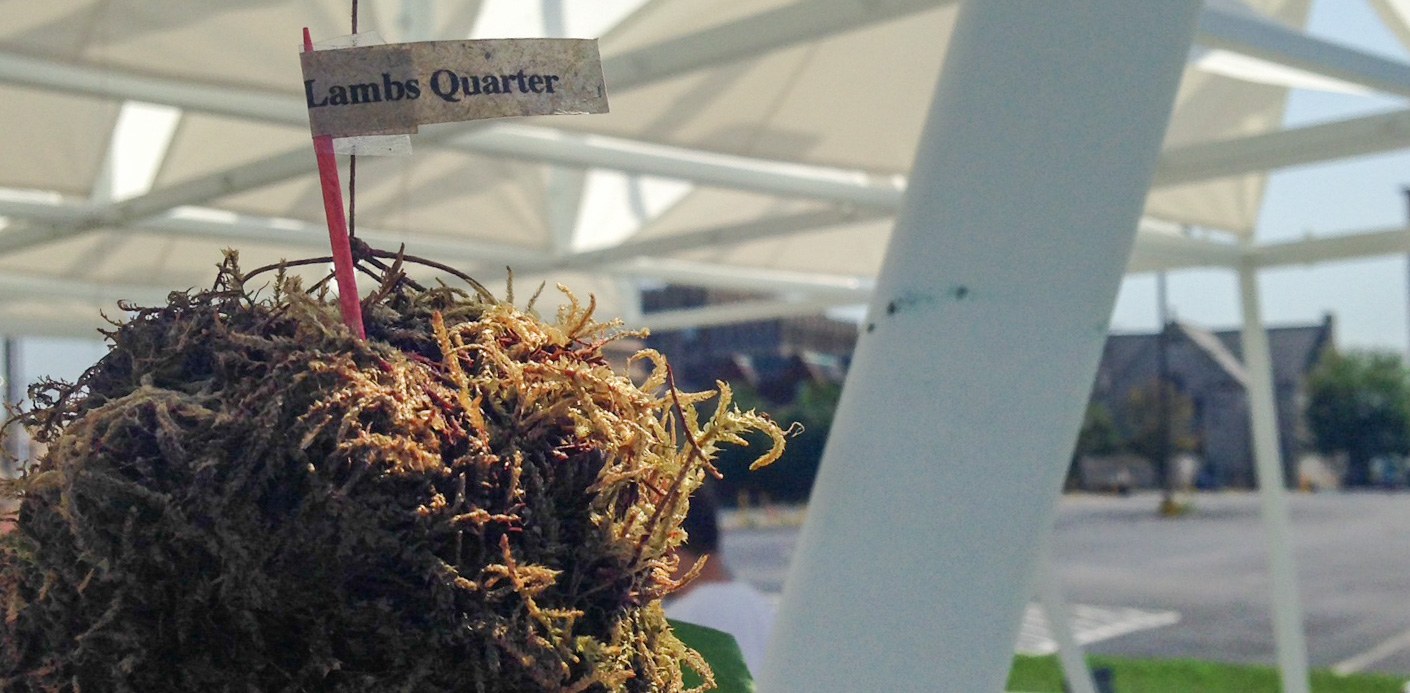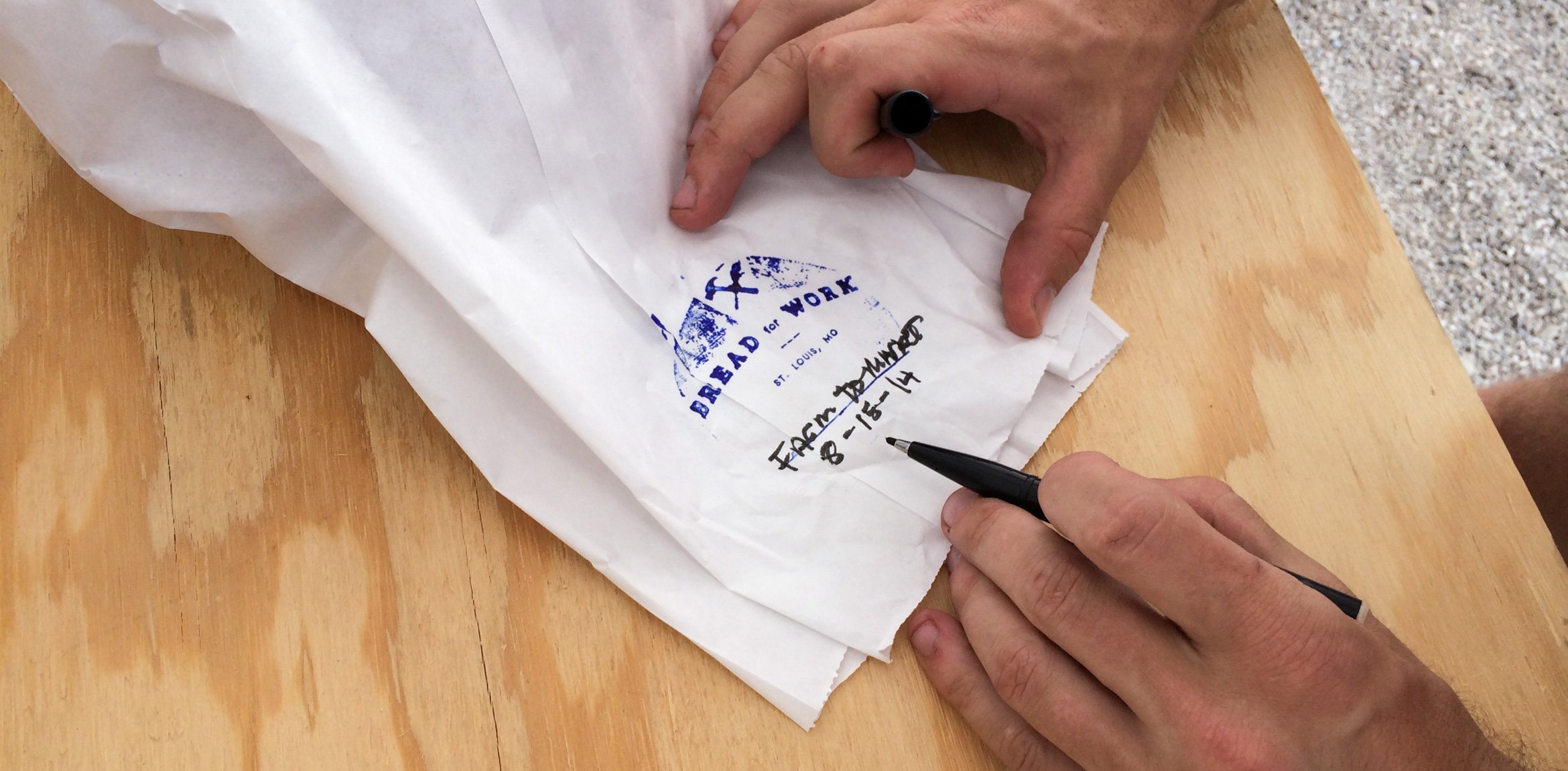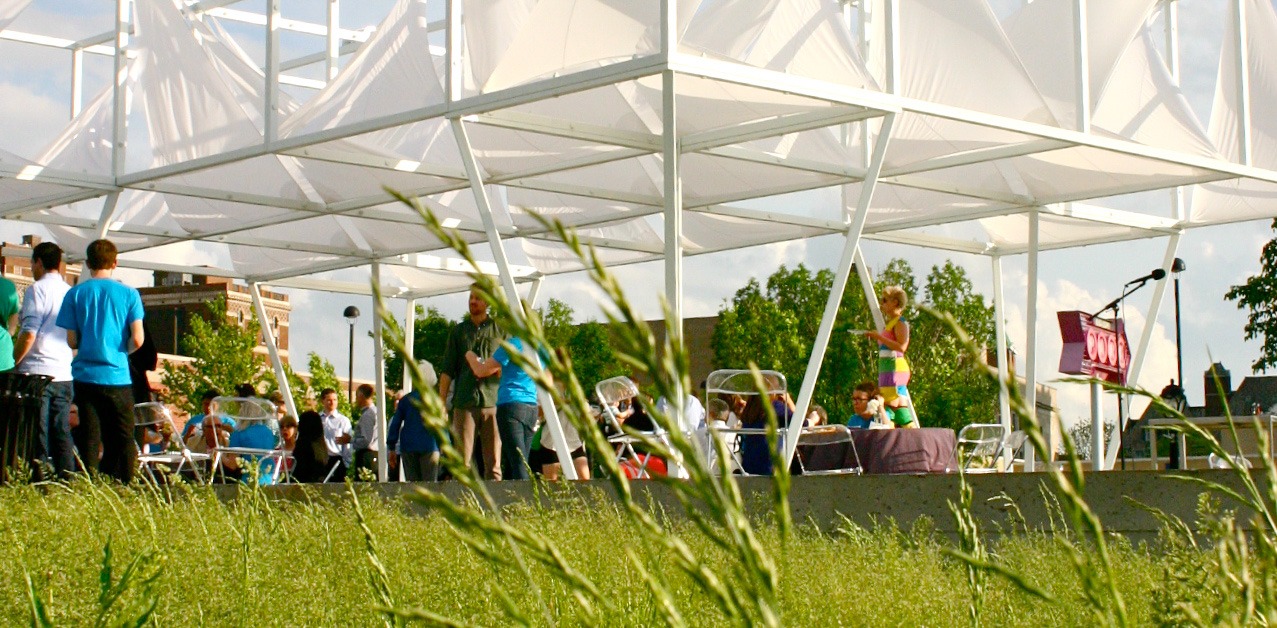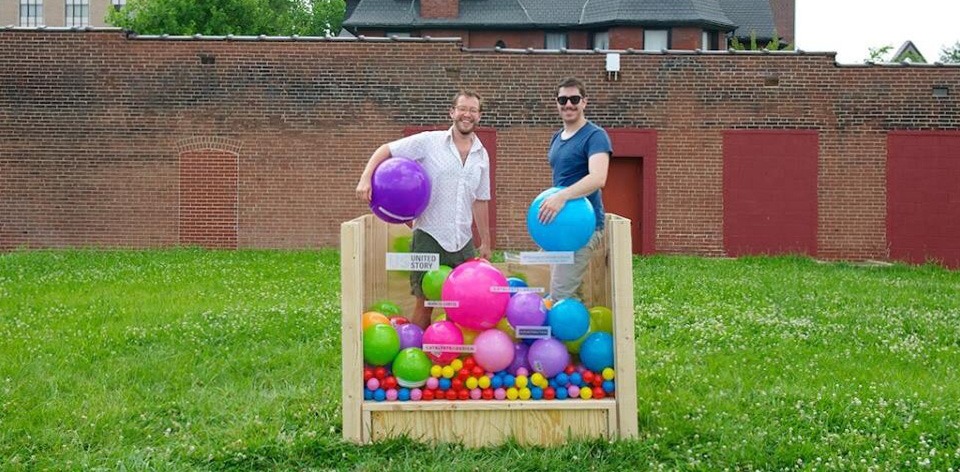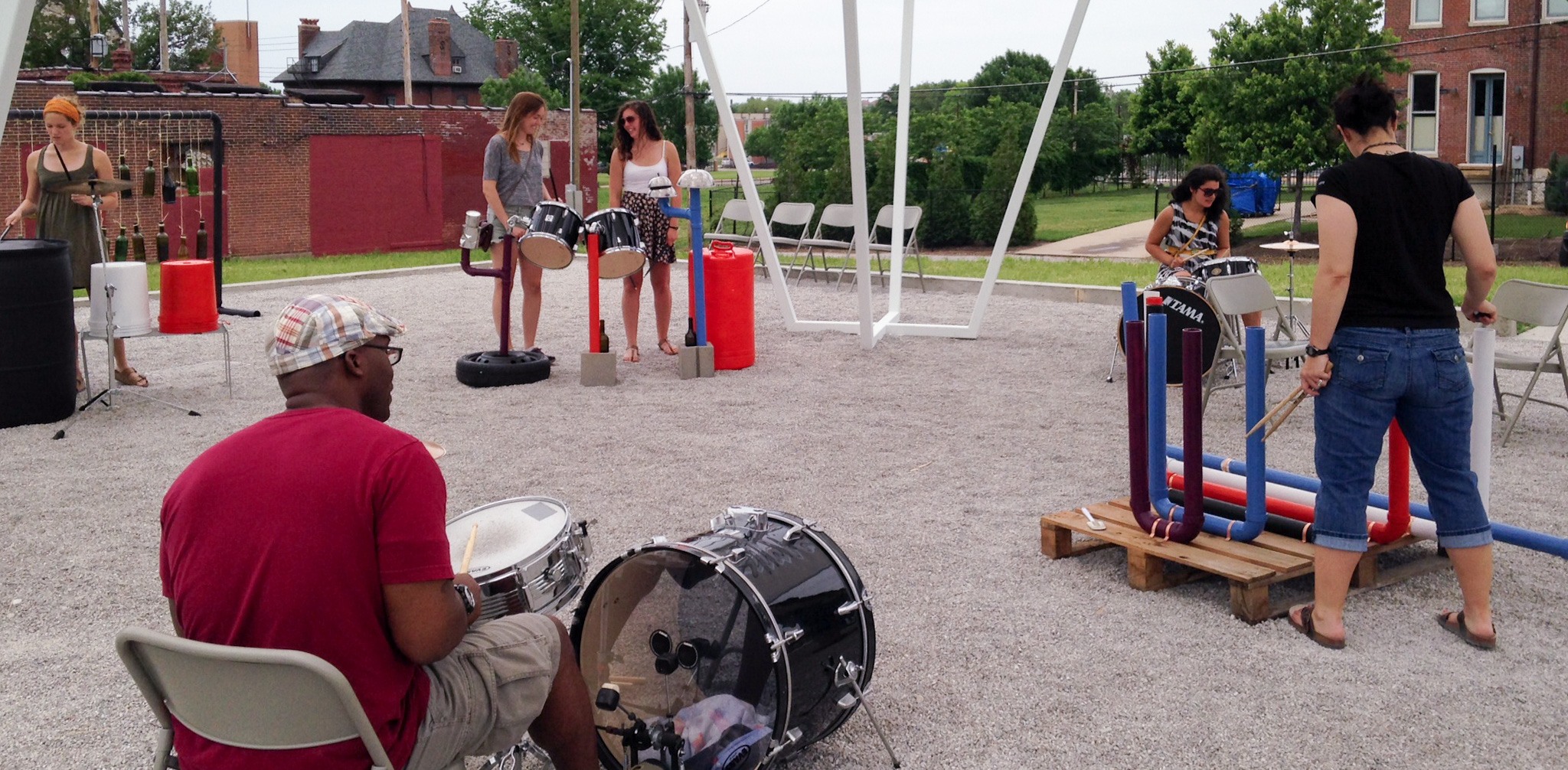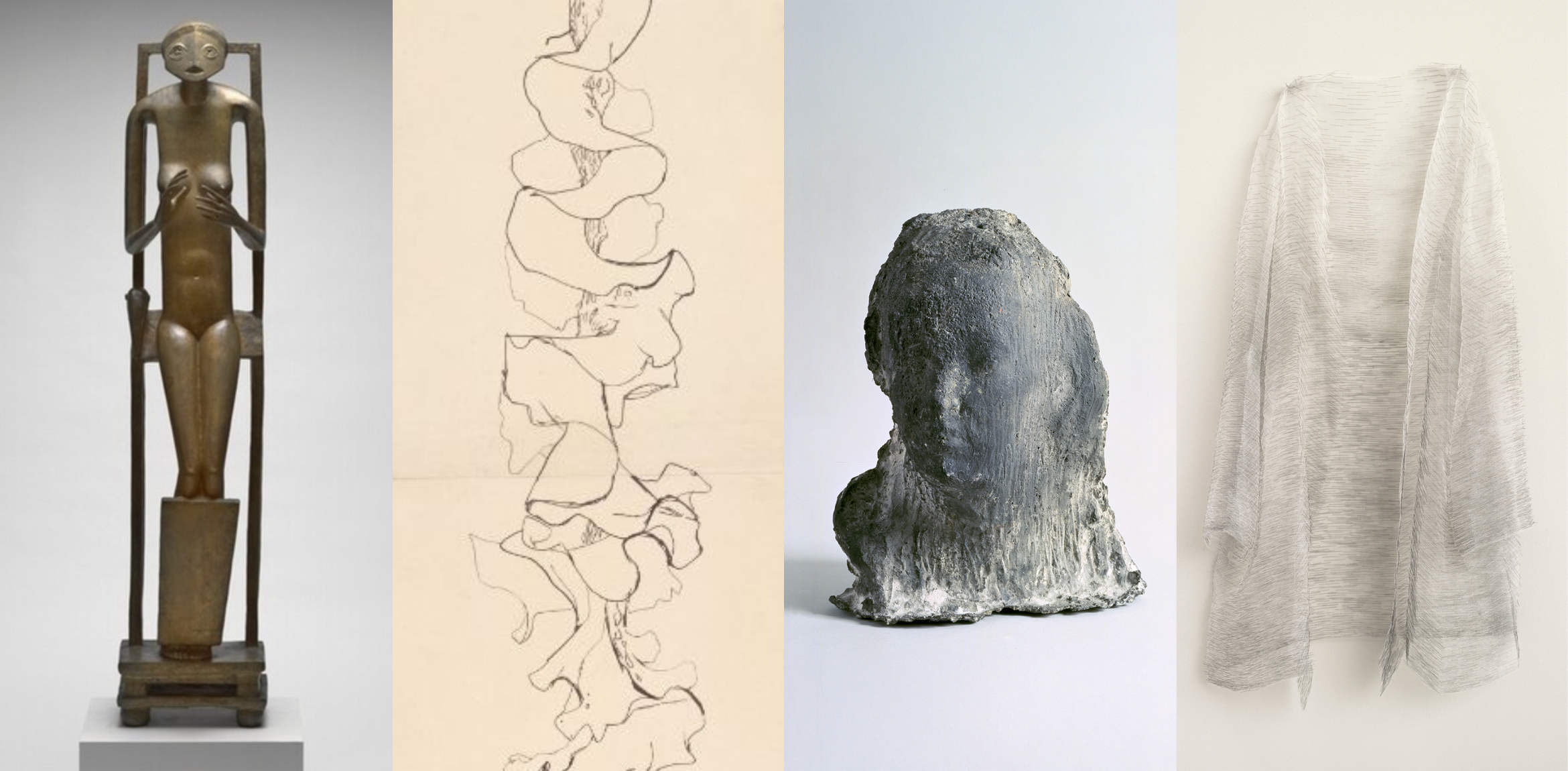As a collaborative initiative between Pulitzer Arts Foundation and the Sam Fox School of Design & Visual Arts at Washington University in St. Louis, PXSTL aims to promote dialogue about urban life and the impact of environment on everyday experience. PXSTL—an acronym that abridges the Pulitzer, the Sam Fox School, and St. Louis—is a direct outgrowth of the Pulitzer and the Sam Fox School’s shared commitment to rethinking the future of St. Louis. The first major project, Lots, was designed by Freecell Architecture, a Brooklyn-based firm, and established a temporary structure on an empty lot across from the Pulitzer building. This architectural intervention became the catalyst for further collaboration both locally and nationally, including performances, music, meditation, food, photography, and symposia.
PXSTL began with a national design-build competition that invited artists, architects, and designers to reimagine a vacant lot in Grand Center as a site where small-scale change could spur large-scale urban transformation. Freecell Architecture was chosen for their structure’s focus on community engagement and its open gathering space. Lots became a hub of activity and programming, and was the site where local grant recipients presented their research, projects, and activities in an open-access public forum.
PXSTL: Lots built upon the city’s long tradition of site-specific projects and temporary installations that promote subsequent development. St. Louis’ 1,300-acre Forest Park still bears the stamp of the 1904 World’s Fair. The Gateway Mall, a gleam in the eye of civic planners for more than a century, today boasts Eero Saarinen’s Gateway Arch (1966), Richard Serra’s Twain (1981), and Citygarden. PXSTL is among several projects funded by an endowment created by Emily Rauh Pulitzer to support collaboration between the Pulitzer and the Sam Fox School.
